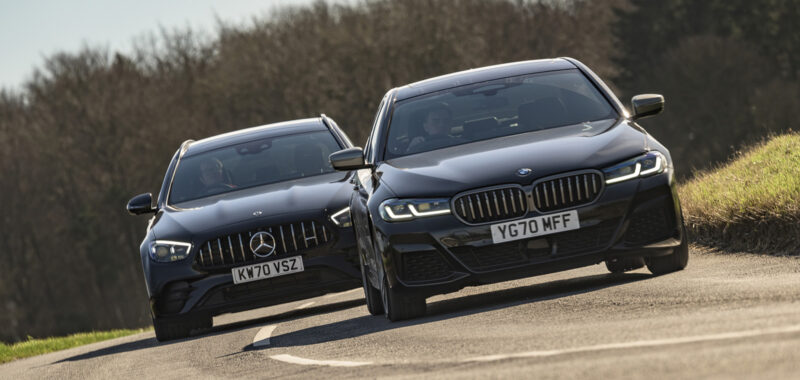New EVs registered on or after 1 April 2025 with a list price of over £40,000 are also required to pay the Expensive Car Supplement (ECS) on top of the £195 standard VED rate. This applies every year for the first five years of ownership.
There are some changes to hybrids, too. The first-year rate of cars that officially emit 1-50g/km of CO2 – mostly plug-in hybrids – has risen from £10 to £110. The rate for cars that emit 51-75g/km of CO2 has risen from £30 to £135.
How is vehicle excise duty calculated?
Cars registered from 1 March 2001 to 31 March 2017 are taxed based on their CO2 emissions.
All cars registered on or after 1 April 2017 incur the same flat rate from the second year and beyond.
Cars with a list price of more than £40,000 also incur the Expensive Car Supplement.
For cars registered before 1 March 2001, the engine size in cubic centimetres (cc) is what’s important. Cars with engines equal to or smaller in capacity than 1549cc (roughly equivalent to 1.5 litres) cost £170 a year, assuming you pay up front for 12 months. Meanwhile, cars with engines larger than 1549cc cost £280 a year.
Tax bands for cars registered from April 2017
In April 2017, the government introduced a new method of taxing certain vehicles, replacing the traditional system, based on CO2, with three new tax bands. These bands are zero, standard and premium.
Vehicles registered from April 2017 are still required to pay the first-year figure based on their tax emissions (see table below). From the second year onwards, you will pay a standard rate of £195 per year.
New cars with a value (list price) of more than £40,000 land in the premium car tax band from years two to six of registration. You will need to pay £425 per year on top of the £195 standard rate for five years, starting from the second year the car is registered.
See the table below for full figures for cars registered from April 2017 onwards.

